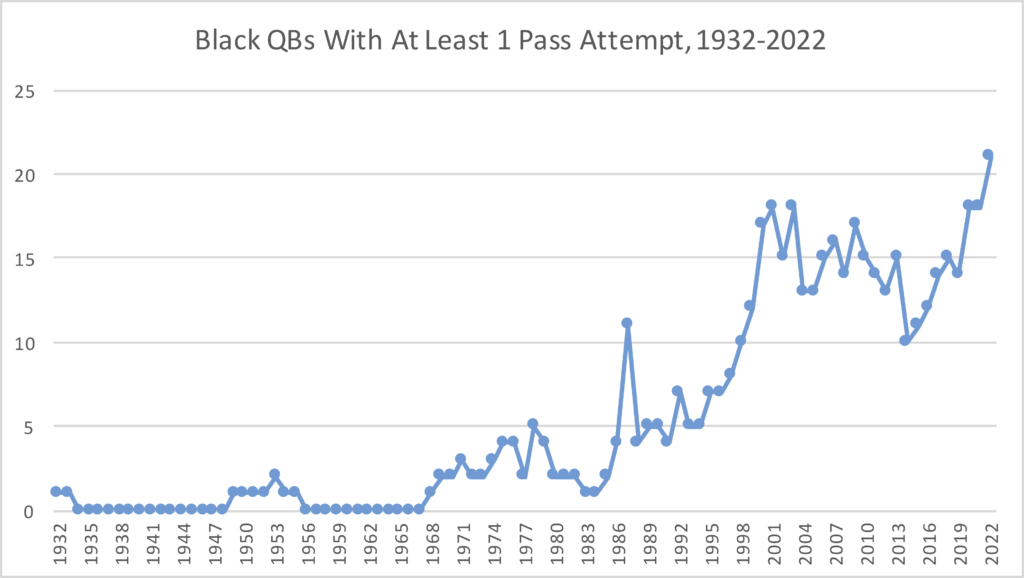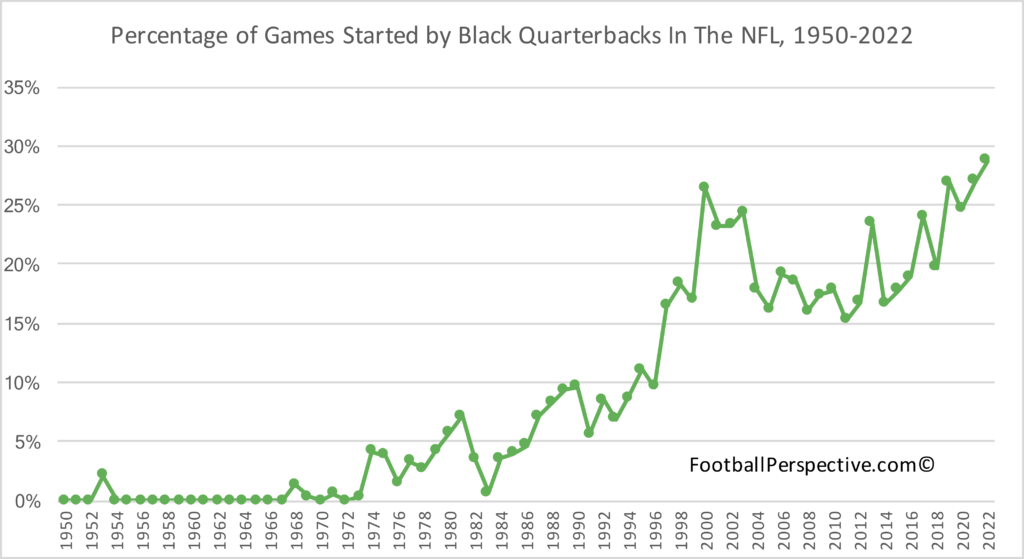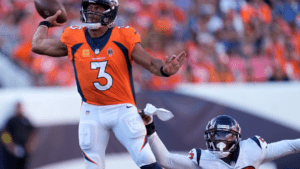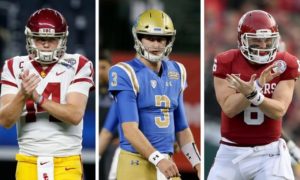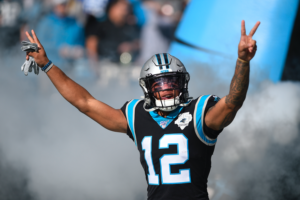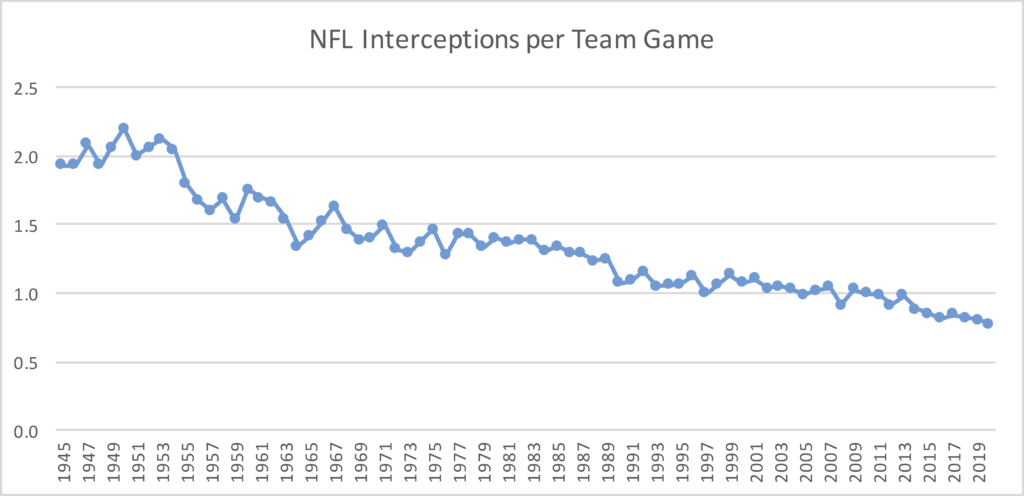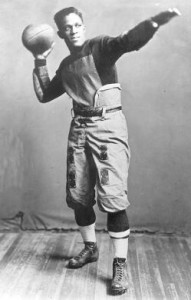There are still three games left to play in the 2023 NFL regular season. And for San Francisco, that includes a game Monday night against the AFC’s best team, the Baltimore Ravens. But let’s just pause for a moment and appreciate how dominant San Francisco has been this year.
On offense, the 49ers are averaging 9.45 Adjusted Net Yards per Attempt. [1]ANY/A is simply yards per attempt, with a 20-yard bonus for sacks, a 45-yard penalty for interceptions, and includes sack data. That is significantly better than the rest of the league; Miami ranks second at 7.89, and Houston ranks third at 7.07. The league average this season is 5.79 ANY/A, meaning San Franciso is averaging 3.66 ANY/A more than the average team. How remarkable is that? Well, if it holds up, it would finish as the third best of the Super Bowl era:
The 49ers have the 3rd most efficient passing attack in the Super Bowl era (after adjusting for league average), behind only Manning’s Colts in ’04 and Marino’s Dolphins in ’84.
San Francisco has 6 of the top 21 most efficient passing offenses (with 4 different QBs). pic.twitter.com/pWgrSCE4By
— Football Perspective (@fbgchase) December 23, 2023
Yes, that means this San Francisco offense — with Brock Purdy, Christian McCaffrey, Deebo Samuel, George Kittle, Brandon Aiyuk, and Trent Williams — is already one of the best of the Super Bowl era even after you adjust for era. [2]Without adjusting for era, the 49ers rank as the 2nd-best passing offense ever. Think about that: every other offense in the Super Bowl era, besides Peyton Manning in his best year and Dan Marino in his best year, has been less efficient than this year’s 49ers team. [continue reading…]
References
| ↑1 | ANY/A is simply yards per attempt, with a 20-yard bonus for sacks, a 45-yard penalty for interceptions, and includes sack data. |
|---|---|
| ↑2 | Without adjusting for era, the 49ers rank as the 2nd-best passing offense ever. |

